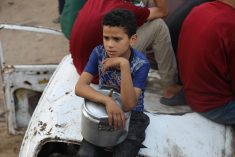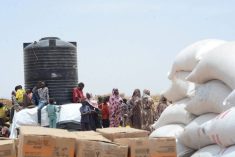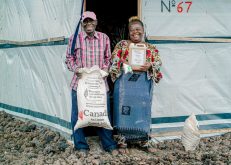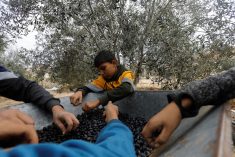The Canadian Foodgrains Bank is calling for urgent humanitarian help in Gaza as the conflict continues to take a high toll on the most vulnerable.
“This is a devastating situation for millions of civilians impacted by the conflict on both sides, and we are deeply aware of the escalating humanitarian need in Gaza,” said Foodgrains Bank executive director Andy Harrington in an Oct. 23 news release.
Read Also
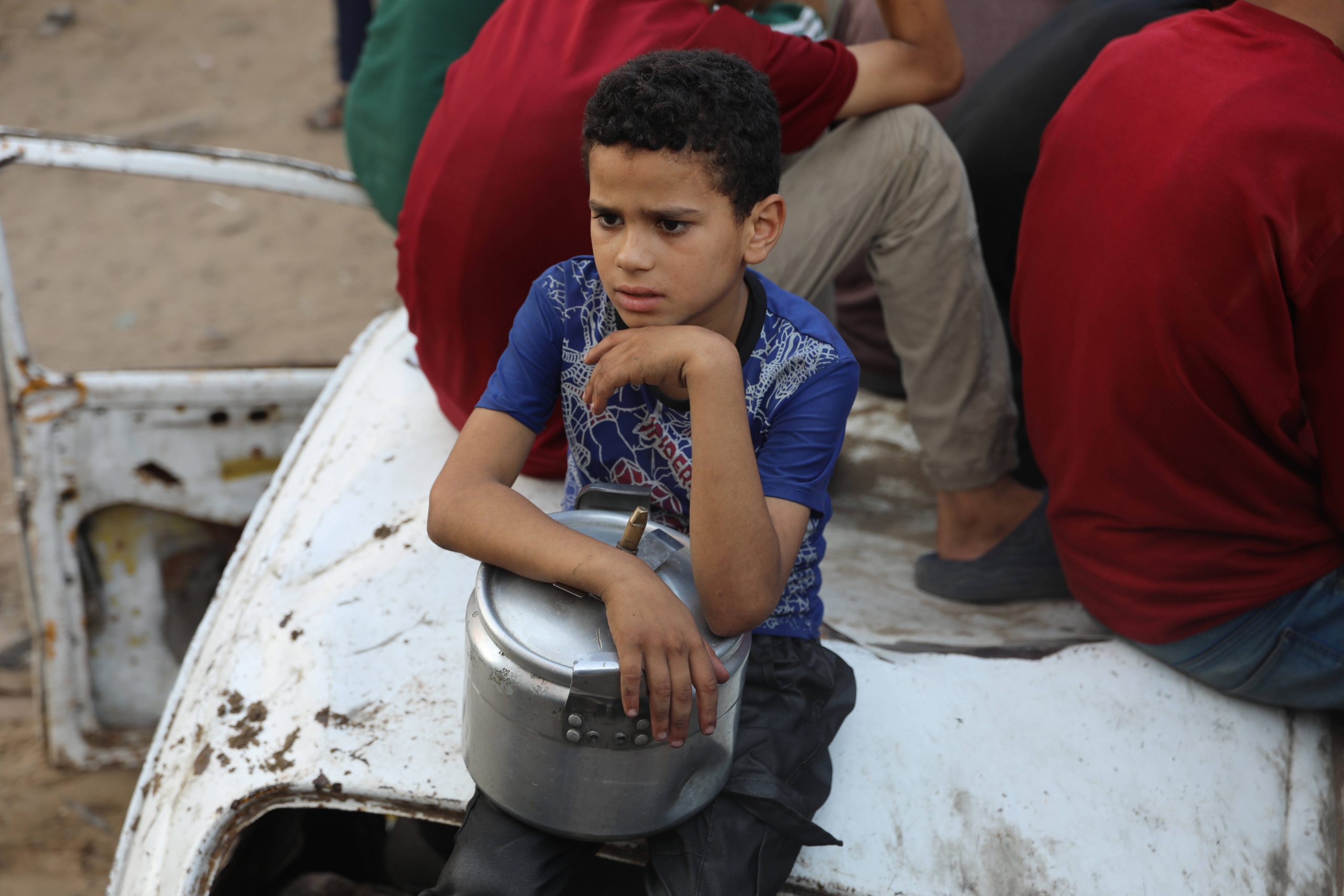
Foodgrains Bank sounds alarm on slow progress in addressing global hunger
The number of hungry people in the world declined in 2024 for the first time since the COVID-19 pandemic, according to a recent UN report, but progess has been too slow says the Canadian Foodgrains Bank.
Over 6,000 men, women and children in Israel and Gaza have died in two weeks of conflict, the Foodgrains Bank said. More than 1.4 million people have been displaced.
As a member of the Humanitarian Coalition, the Foodgrains Bank is working with partner organizations and local groups to bring humanitarian assistance to the area.
“As a humanitarian organization with members and partners working in some of the most challenging regions of the world, we believe all people have a right to receive life-saving assistance, and ongoing access to basic necessities including food, water, medical care and shelter,” Harrington said. “
“These necessities are quickly running out in Gaza, and an urgent humanitarian response is desperately needed.”
One of the greatest challenges groups face is the issue of access, said Stefan Epp-Koop, the Canadian Foodgrains Bank’s senior humanitarian manager.
“At this stage, there is almost no access into Gaza for humanitarian organizations to provide aid, or for local partners in Gaza to access desperately needed supplies. The provision of humanitarian assistance is also tremendously challenging given the risks involved amid the current conflict,” he said.
On Oct. 21 a convoy of trucks carrying humanitarian aid crossed into southern Gaza for the first time since Israel began the siege.
Twenty flatbed trucks, flying white flags and honking their horns, exited the Rafah crossing after checks and headed into Gaza’s southern area which includes the major towns of Rafah and Khan Younis where hundreds of thousands of people made homeless by Israel’s unrelenting air war are sheltering.
Israel’s “total siege” of Gaza, launched after the Oct. 7 cross-border attack on southern Israel by militants of the Islamist movement Hamas, has left the enclave’s 2.3 million people running out of food, water, medicines and fuel.
Palestinian officials were disappointed that fuel supplies were not included in the consignment of food, water and medical supplies and added that the aid was only 3% of what used to get into Gaza before the crisis.
“Excluding the fuel from the humanitarian aid means the lives of patients and injured will remain at risk. Gaza hospitals are running out of the basic requirements to pursue medical interventions,” the Gaza health ministry said.
The United Nations said the convoy included life-saving supplies would be received and distributed by the Palestinian Red Crescent, with the consent of Hamas, which rules Gaza.
By Oct. 23, aid and security sources reported that two more convoys had arrived via the Rafah crossing from Egypt.
–with files from Reuters.



